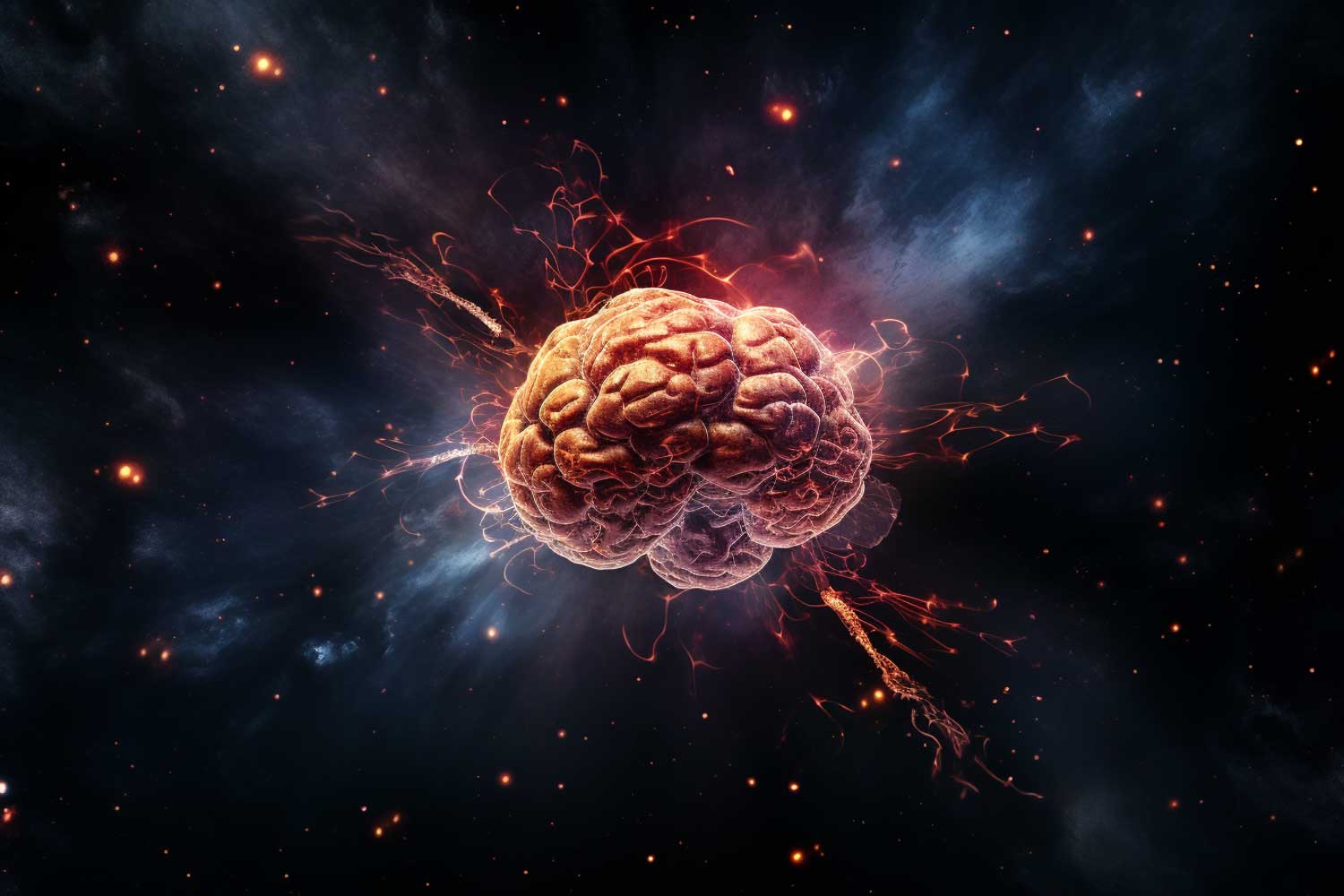
I was reading Wikipedia’s fascinating “Timeline of the Far Future” article, which is full of mind-warping events that will occur in the next 100 years and beyond.
You might think things would get boring at the 110 trillion year mark, the “time by which all stars in the universe will have exhausted their fuel,” but that’s really just the beginning of the weirdness to come. After 10-to-the-10th-to-the-50th years, the universe could see its first Boltzmann brain “appear in the vacuum via a spontaneous entropy decrease.”
The idea of a Boltzmann Brain was proposed by physicist Ludwig Boltzmann in the late 1800s. The core idea is that in an eternally fluctuating universe, over an infinite amount of time, a functioning human brain could spontaneously emerge due to random thermal fluctuations. This “Boltzmann brain” would have false memories of a coherent life history.
Are you a Boltzmann Brain? It’s hard to say! Even Brian Randolph Greene, a theoretical physicist and mathematician, can’t prove he isn’t a Boltzmann Brain. He said, “I am confident that I am not a Boltzmann brain. However, we want our theories to similarly concur that we are not Boltzmann brains, but so far it has proved surprisingly difficult for them to do so.”
This seems similar to the “how long would it take for X number of monkeys to type out Hamlet?” From Wikipedia:
Ignoring punctuation, spacing, and capitalization, a monkey typing letters uniformly at random has a chance of one in 26 of correctly typing the first letter of Hamlet. It has a chance of one in 676 (26 × 26) of typing the first two letters. Because the probability shrinks exponentially, at 20 letters it already has only a chance of one in 2620 = 19,928,148,895,209,409,152,340,197,376[c] (almost 2 × 1028). In the case of the entire text of Hamlet, the probabilities are so vanishingly small as to be inconceivable. The text of Hamlet contains approximately 130,000 letters.[d] Thus there is a probability of one in 3.4 × 10183,946 to get the text right at the first trial. The average number of letters that needs to be typed until the text appears is also 3.4 × 10183,946,[e] or including punctuation, 4.4 × 10360,783.[f]
Even if every proton in the observable universe (which is estimated at roughly 1080) were a monkey with a typewriter, typing from the Big Bang until the end of the universe (when protons might no longer exist), they would still need a far greater amount of time – more than three hundred and sixty thousand orders of magnitude longer – to have even a 1 in 10500 chance of success. To put it another way, for a one in a trillion chance of success, there would need to be 10360,641 observable universes made of protonic monkeys.[g] As Kittel and Kroemer put it in their textbook on thermodynamics, the field whose statistical foundations motivated the first known expositions of typing monkeys,[5] “The probability of Hamlet is therefore zero in any operational sense of an event …”, and the statement that the monkeys must eventually succeed “gives a misleading conclusion about very, very large numbers.”
In fact there is less than a one in a trillion chance of success that such a universe made of monkeys could type any particular document a mere 79 characters long.

